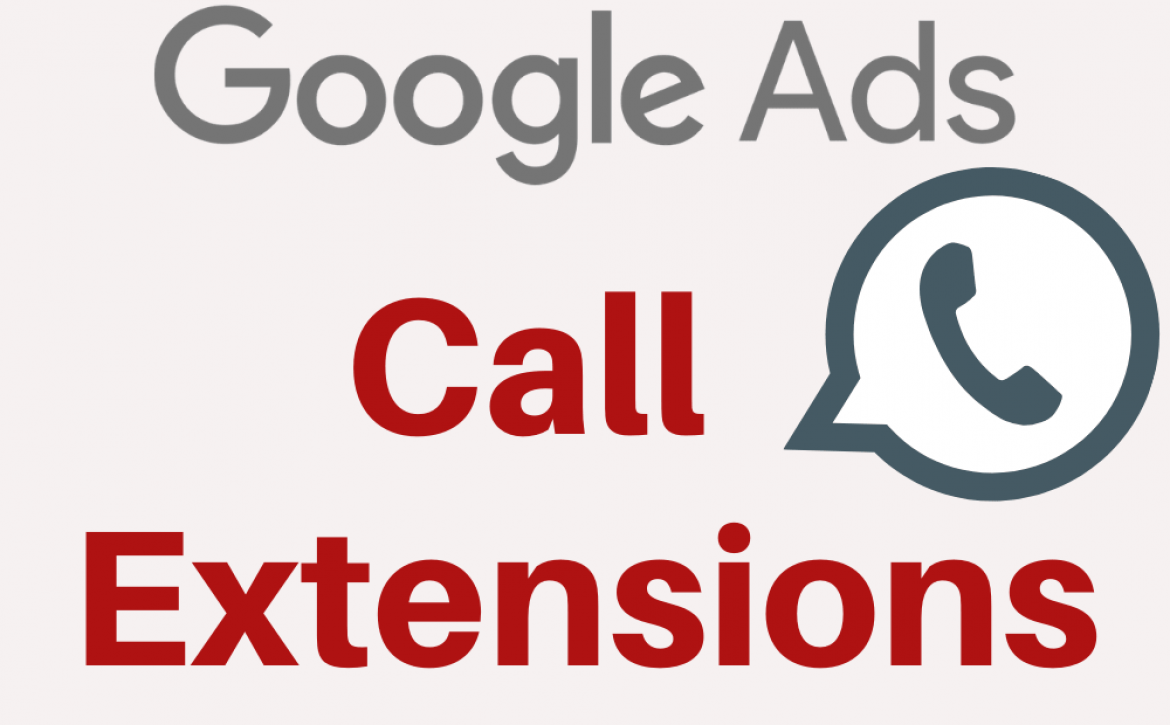Is TikTok Taking Over Your Google Ads Campaigns?!
It has recently come to our attention that a campaign of one of our clients has been negatively impacted, by Google serving their ads on TikTok. This has compromised the quality of leads generated through the campaign.
Now it won’t come as news to many in the marketing space, that Google and TikTok have had a partnership as far back as the fourth quarter of 2023, but many advertisers won’t have yet been noticeably impacted by this partnership, yet.
Nonetheless, in the background the two advertising giants have been experimenting with ads from Google appearing on TikTok’s search page.
Why Are Ads From Google Showing On TikTok?
[/vc_column_text]Google is fully aware that Zoomers and Gen Alpha, are not only spending more time engrossed with short form content on TikTok, but they’re also viewing it as a credible source of information.
Therefore, eager to connect with what will be the next generation of consumers, and avoid getting nudged aside, Google is experimenting with a partnership with TikTok.
But, is this the right way to bridge the gap? Google’s ‘move fast and break things’ approach, of serving the ads of advertisers who haven’t given consent, with consumers of the wrong demographic, might end up backfiring.
The Huge Problem With This
In the case of my client, as a large investment firm, their products and services are catered towards an older demographic, of ‘financially sophisticated’ individuals. The demographic of TikTok however, is typically very young, and the type of financial content on the platform is decidedly… unsophisticated.
There is a huge mismatch between the product, and the audience on TikTok. This results in not only wasted ad spend, but also time wasted on fielding enquiries from young people who cannot use the service.
How To Spot If A Campaign Is Being Affected By This
If you are unsure if a campaigns is being impacted by ads being displayed on TikTok, you can look out for the following indicators:
- The percentage of traffic coming from Search Partners is increasing (ignore if you have Search Partners disabled).
- The average CPC seeing a steep decline, without there having been an adjustment to the bid settings that would explain this.
- A huge spike in lead volume, without another obvious explanation.
- A large reduction in the campaign’s average cost per conversion.
- The quality of leads has decreased / the number of leads that result in a purchase has gone down significantly.
- You are receiving an influx of enquiries from people of a younger demographic than normal.
How To Prevent This Happening In Your Campaign
If you are running Search campaigns, then you can opt to disable Search Partners. This will ensure that your ads only show on Google’s search engine, rather than one of the many other smaller search engines that are partnered with Google (which now includes TikTok).
If you are running Performance Max campaigns, then there isn’t an option to disable Search Partners. The only solution is to continue to be vigilant, and if you see a change that indicates ads are being displayed on TikTok and it’s negatively impacting performance, be ready to pause the campaign.
Need Help With Your Google Ads Account?
If you feel your campaigns are not working as effectively as they could, and would like an expert to review your account, then feel free to get in contact with us and we’ll have one of our specialists get in contact with you.

